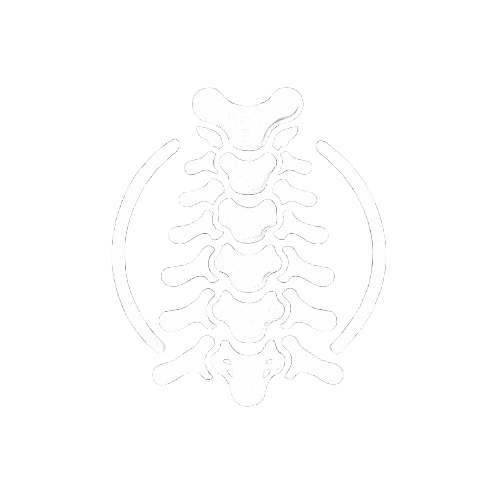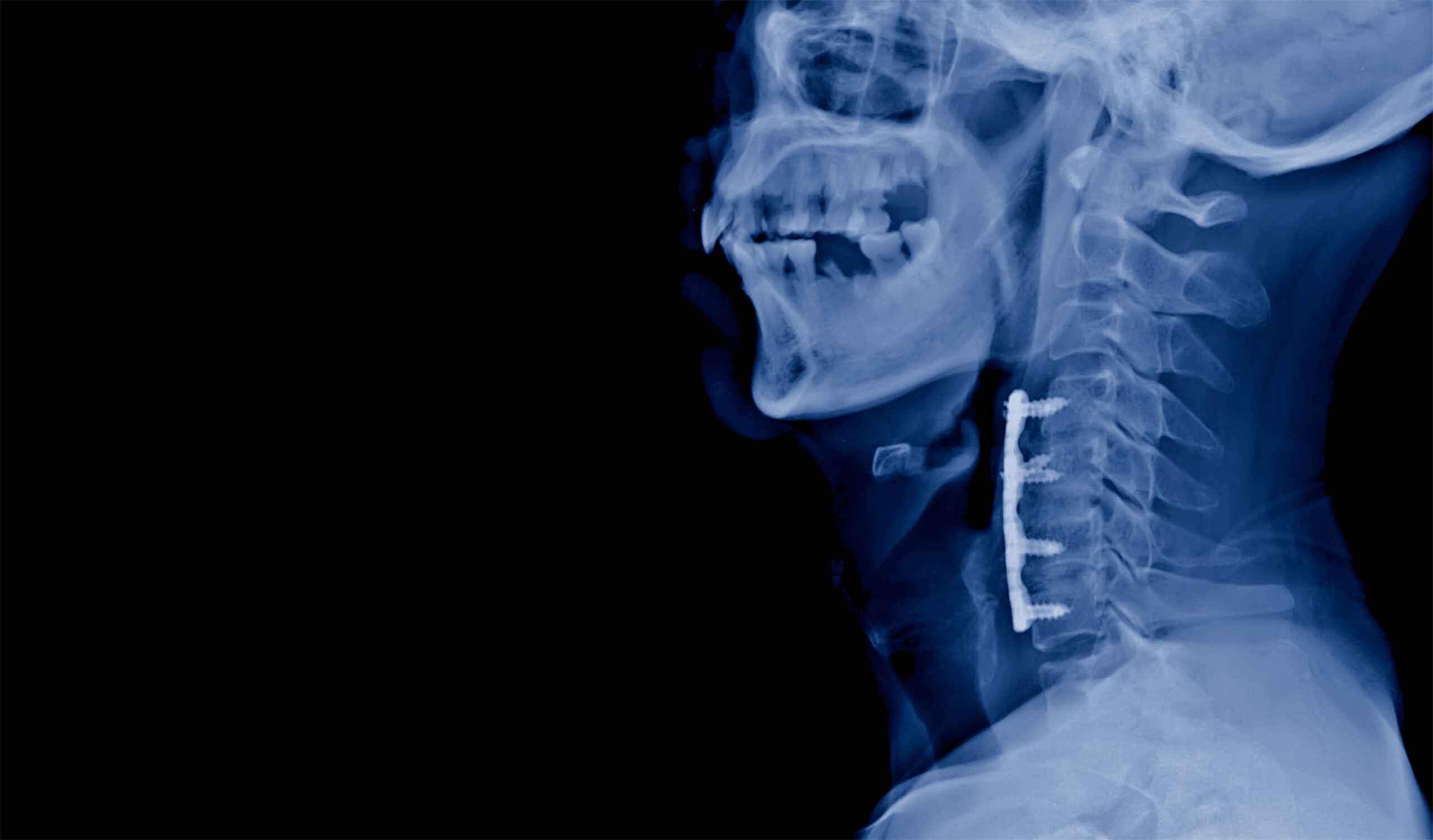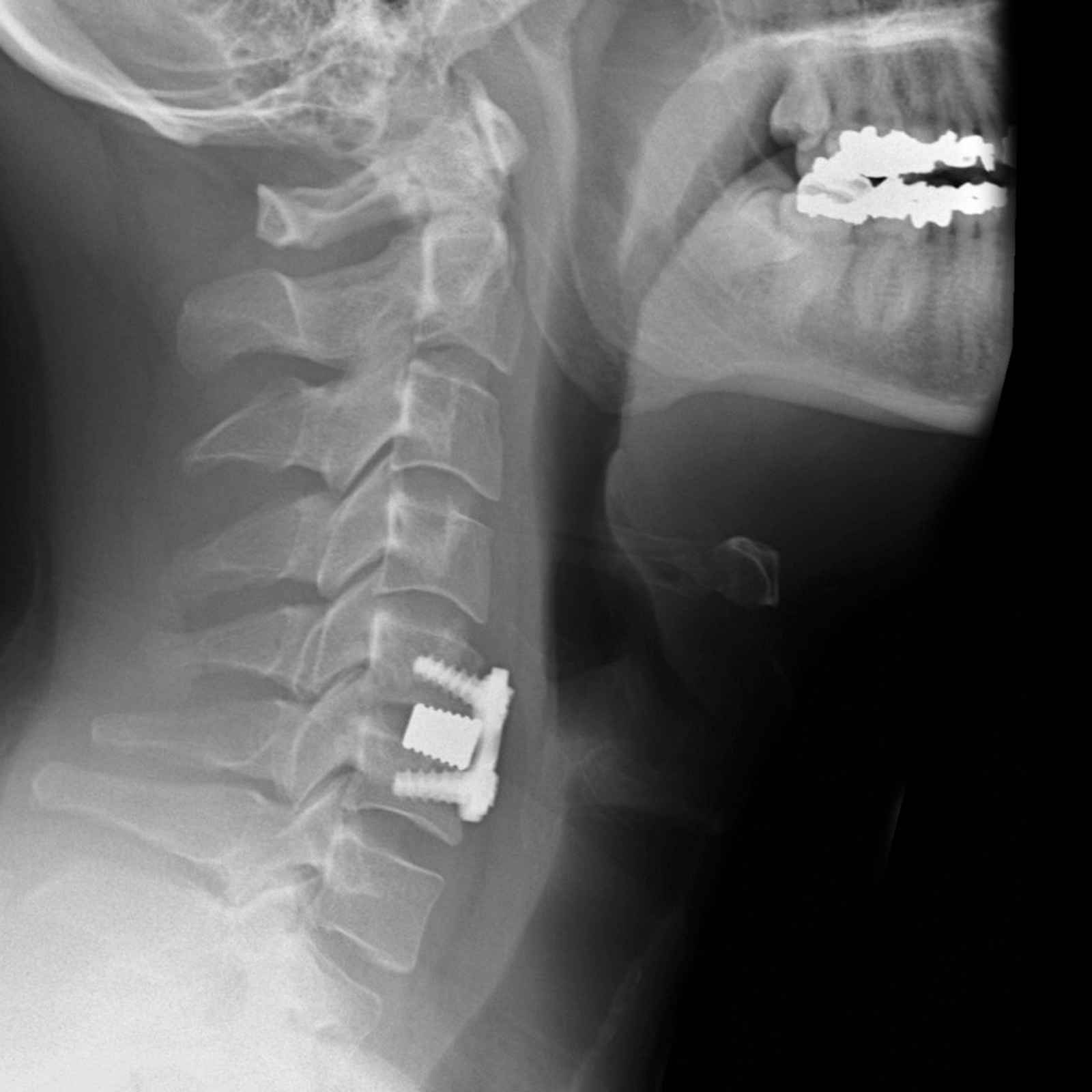Overview
In an ACDF procedure, the surgeon makes an incision in the front of the neck to access the cervical spine. The damaged disc is removed, and the space is filled with a bone graft or spacer to promote fusion between the adjacent vertebrae. Metal plates and screws may be used to provide additional stability during the healing process.







